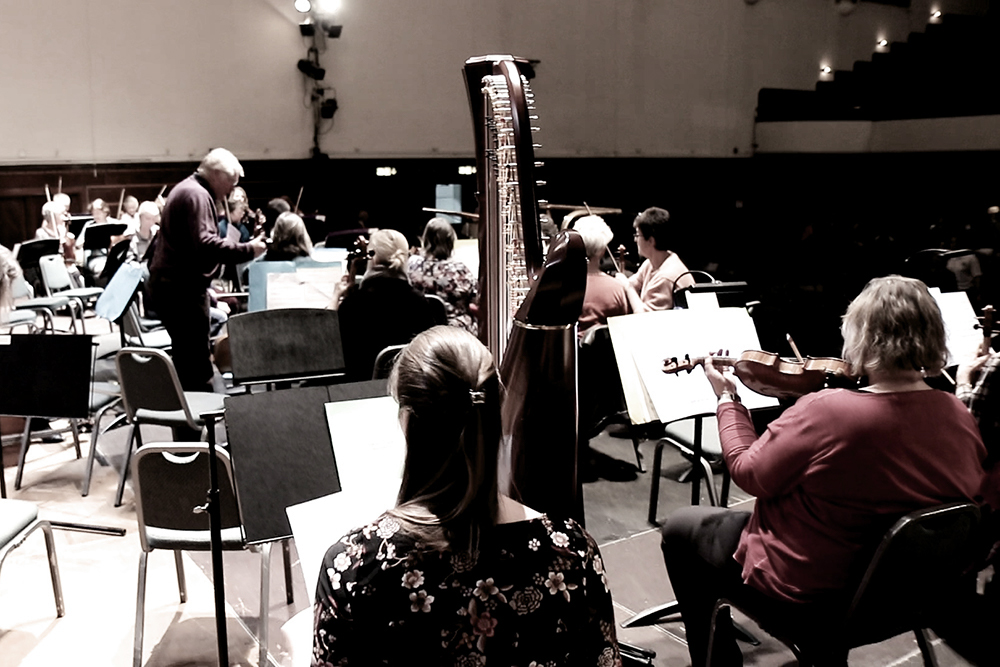Harmony and unity: the impression the violin sections of the most prominent professional orchestras give. Everyone moving as one and swaying with the music.
Easy, you say? Not exactly. Any violinist will know the intense training and pressure that comes with playing in a large section. The knowledge that a single wrong bowing will stand out like a sore thumb is the source of a lot of tension, but one cannot appear overly cautious because this will be evident in the orchestral sound. So how do sections achieve unity?
As someone who has played at the front of the section, on the back desk, and everywhere in between, I can confirm that visibility is often the largest obstacle a violin section will have to tackle in order to communicate efficiently. An experienced and well-acquainted section will know that information is passed back from the front, and if a disaster were to occur in a performance, everyone must adapt as quickly as possible. Ideally, everyone is a leader, and everyone is a follower; communication is key. In line with the traditional hierarchies of an orchestra, everyone must be able to see the conductor and leader as far as possible, and proper positioning for visibility of movement is essential for communication and ensemble.
Effective communication is important for a proficient performance, but another major aspect of playing in a section is the sense of community. This is enhanced by section rivalry, familiarity, and sociability, but it also comes from informed intuition. Movements exhibited by the musicians are interpreted by colleagues and replicated.
Research shows that these movements, namely ‘head kinematics’ and ‘bow kinematics’, lead to ‘complementary’ and ‘imitative’ coordination. In essence, musicians know each other’s movements so well that the group dynamics of performance lead to a ‘complex human interaction’ of nonverbal communication.
It is also important to remember that harmonious movement comes from more than just proper arrangement, instruction, and deeper knowledge: it comes from explicit encouragement and interaction from every single player. Rehearsals should enable all members of a section to voice their musical opinion and contribute to the creative potential.
This leads me to arguably the most important component of a harmonious section: every musician must feel involved. A rehearsal is the site of unusual interactions, with face-pulling between friends in rehearsals being the first that springs to mind. People socialise over the technical challenges of the music, converse about orchestra gossip, and head off to the pub afterwards for a pint. All of these types of communication and interaction bring musicians closer together and enhance their musicality.
Of course, the purest social—and musical—interactions come with the time and experience of playing in one particular ensemble for a long period. This is not always possible when gigging musicians work at short notice with unfamiliar colleagues and on limited rehearsals. But if the social dynamics are just right—whether in the highly competitive environment of a prestigious orchestra or the more sociable context of youth and community music-making—an orchestral string section can show extraordinary social cohesion, enabling a dozen or more musicians to coordinate with the precision of a few milliseconds.

